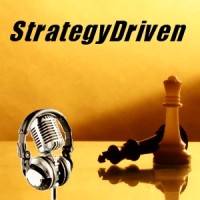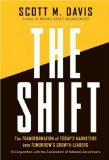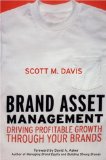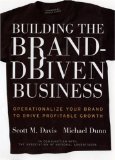StrategyDriven Podcast Special Edition 16b – An Interview with Scott Davis, author of The Shift, part 2 of 2

Special Edition 16b – An Interview with Scott Davis, author of The Shift, part 2 of 2 examines the bottom line benefits of the Chief Marketing Officer serving as an organization’s corporate growth leader. During part one of our discussion, Scott Davis, author of The Shift: The Transformation of Today’s Marketers into Tomorrow’s Growth Leaders shares his insights with us regarding:
- five shifts CMOs need to make in order to transform themselves from
tactical marketer to corporate growth leader the most important customer data sets in making the shift
- how CMOs can demonstrate bottom line results
- benefits for the CMO and organization for making the shift
Additional Information
In addition to the incredible insights Scott shares in The Shift and this special edition podcast are the additional resources accessible from his book’s website and his organization’s website, www.Prophet.com. Scott’s book, The Shift
, can be purchased by clicking here
.
Complimenting The Shift, are Scott’s books on the brand asset management including:
- Brand Asset Management: Driving Profitable Growth Through Your Brands
- Building the Brand-Driven Business: Operationalize Your Brand to Drive Profitable Growth
Final Request…
The strength of our community grows with the additional insights brought by our expanding member base. Please consider rating us on iTunes by clicking here. Rating the StrategyDriven Podcast and providing your comments online improves our ranking and helps us attract new listeners which, in turn, helps us grow our community.
Thank you again for listening to the StrategyDriven Podcast!
About the Author

, is a senior partner at Prophet, a global marketing consultancy. Scott was an adjunct professor at the Kellogg Graduate School of Management at Northwestern University and has guest lectured at many top MBA programs including Harvard, New York University, Columbia, and the University of Chicago. He has worked with top executives at GE, Johnson & Johnson, IBM, Best Buy, Sara Lee, and Boeing. Scott is frequently quoted by leading business publications including The Wall Street Journal, Reuters, USA Today, and Business Week. To read Scott’s full biography, click here.
Podcast: Play in new window | Download (Duration: 31:24 — 43.2MB)
Subscribe: RSS




 July 1, 2009 marked the second anniversary of the
July 1, 2009 marked the second anniversary of the